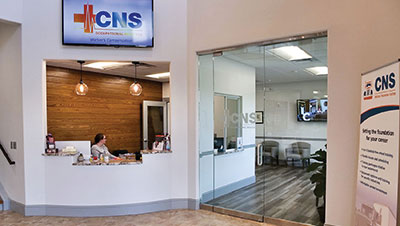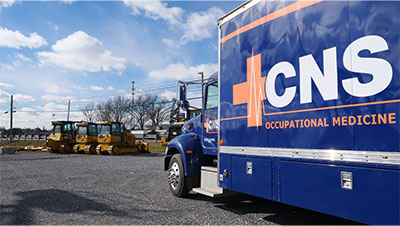MSHA final rule on respirable crystalline silica is under White House review and expected to be released in April 2024!
Remember in 2018 when OSHA increased silica safety standards across many industries?
Well, the mining industry is finally going to catch up!
This has been anticipated as the rule change would ensure miners have at least the same level of protection as workers in other industries.
But those previous silica changes seemed to not go far enough and general industries may have more changes coming.
So, what will silica safety look like in 2024 and how can you prepare?
Why protecting workers from silica dust is important
Silica dust is a serious health and safety hazard in many different industries, such as construction, mining, stone cutting, manufacturing, and much more as it is a common mineral found in sand, concrete, natural stone, artificial stone, mortar and other materials, and generates respirable dust during cutting, grinding and polishing processes.
When inhaled, very small crystalline silica particles expose workers to the risk of silicosis, an incurable, progressively disabling and sometimes fatal lung disease. Unsafe silica dust exposure can also lead to chronic obstructive pulmonary disease or kidney disease.
In a recent study, researchers at University of Illinois Chicago have found a clear link between silica exposure and severe black lung disease in contemporary U.S. coal miners. They found that silica exposure is a driving force behind rising rates of coal workers’ pneumoconiosis.
“These findings provide the first direct evidence that silica is a causative agent behind the increasing incidence of progressive massive fibrosis — severe black lung disease. This is critical information that can be used to determine health-protective permissible exposure limits for coal miners.”
Per the rule, the risk of death from silica exposure is anticipated to decrease by 9.5 percent.
What rules are changing for the mining industry?
“Miners like a crusher operator at a California sand and gravel mine or a roof bolter in a West Virginia coal mine should never be forced to choose between preserving their health and providing for themselves and their families. This proposed rule furthers the Mine Act’s clear instruction to prioritize miners’ health.”
The coming rule would require:
- Mine operators to maintain miners’ Permissible Exposure Limit to respirable crystalline silica at or below 50 micrograms per cubic meter of air (currently 100 µg/m3) for a full shift exposure, calculated as an 8-hour time weighted average (same PEL OSHA set in 2016).
- Medical surveillance at no cost for metal and nonmetal miners (chest Xrays, spirometry, symptom assessment, and occupational history)
- Replace existing respiratory protection standard requirements (ASTM F3387–19)
- And more
General Industry silica changes?
Since previous Silica rule changes, many were not satisfied with the level of employee protections, taking issue that the rules contained medical surveillance provisions but not medical removal provisions.
OSHA is looking to revise their rules.
Medical removal protections require employers to keep workers from exposure to silica when recommended by a medical finding, determination, or opinion. The employee maintains their normal earnings, as well as all other employee rights and benefits.
A Notice of Proposed Rulemaking to revise the silica Medical Surveillance Provisions for Medical Removal Protection is expected in early 2024.
How to prepare for silica rule changes
Silica Physical
To ensure employers stay compliant with the stricter OSHA rules, CNS Occupational Medicine team provides comprehensive silica testing program that includes:
- silica medical history and respirator questionnaire
- physical exam with emphasis on the respiratory system
- chest X-ray, with “B” reader TB skin test
- respiratory fit test
- Pulmonary Function Test (PFT) administered by a spirometry technician
- testing for tuberculosis (TB)
Qualitative fit testing
If your employees wear respirators (other than the N95 mask), a measured, qualitative fit test is recommended. Medical surveillance for employees who wear respirators requires fit testing to be completed annually.
Other important employee testing
Your employee may also need other common worker health tests, which all can be done at CNS Occupational Medicine. These could include:
- Hearing Test (audiograms)
- Vision Test
- EKG
- Urine and Blood Samples
Stop waiting at hospitals or urgent care clinics. Our knowledgeable examiners are focused on best-in-class customer service when it comes to treating workers and employers to create long term health and wellness.
For more information, contact us at 800.551.9816 or info@cnsoccmed.com.










